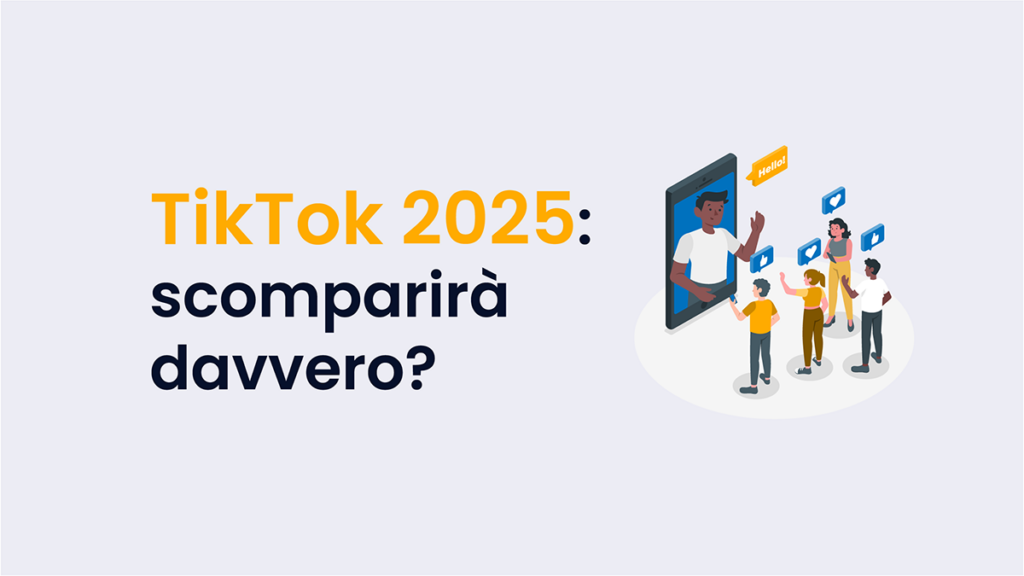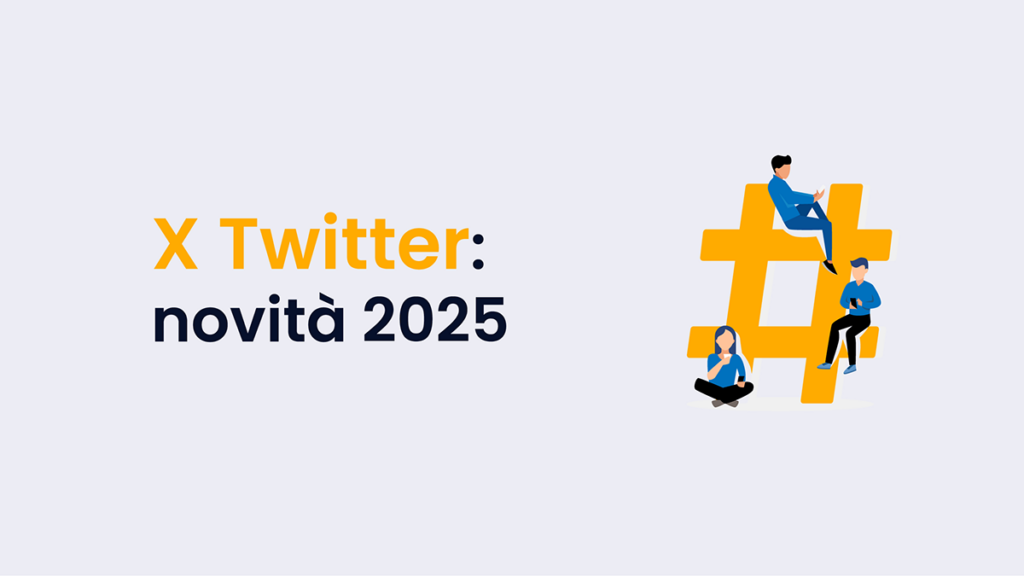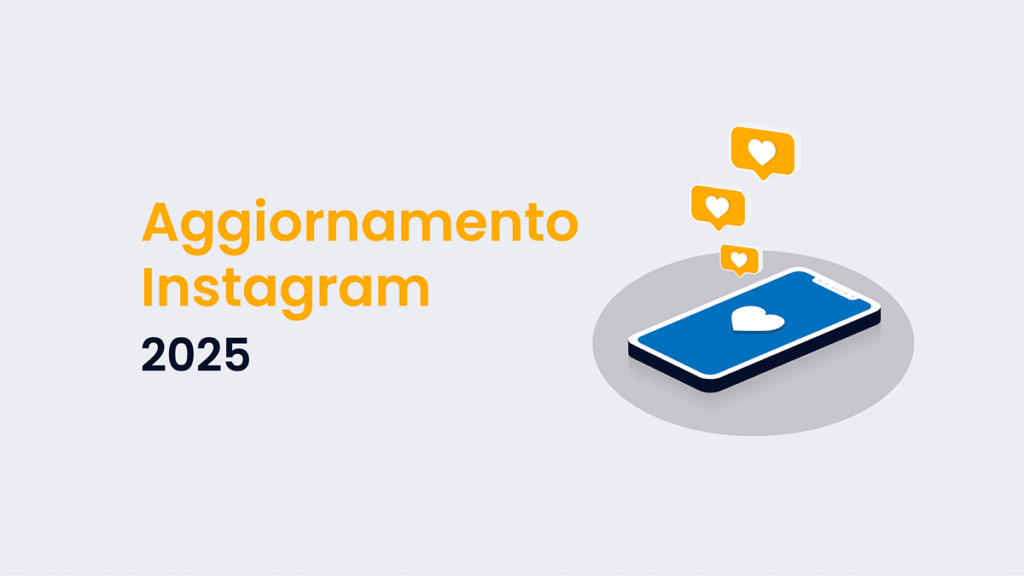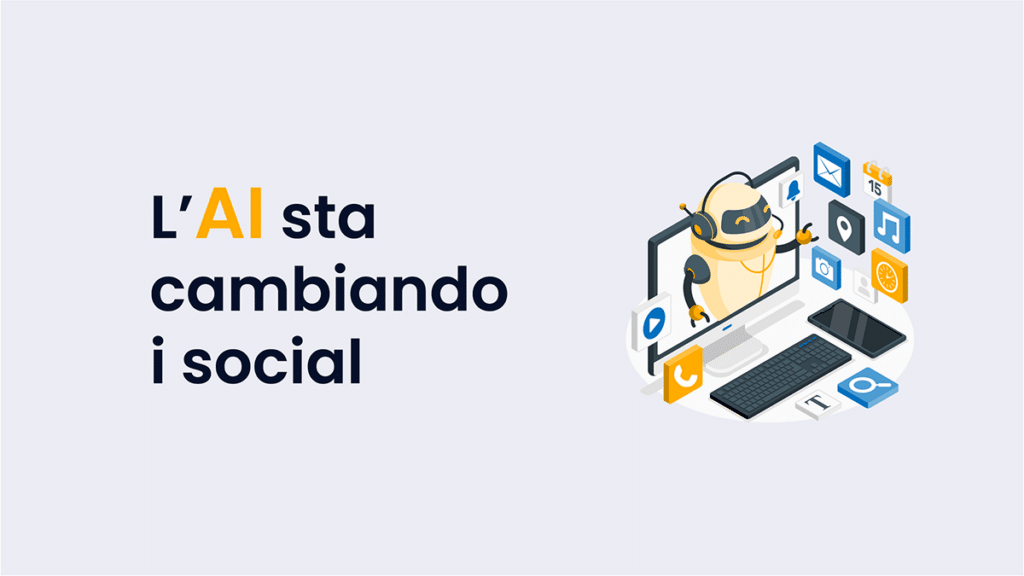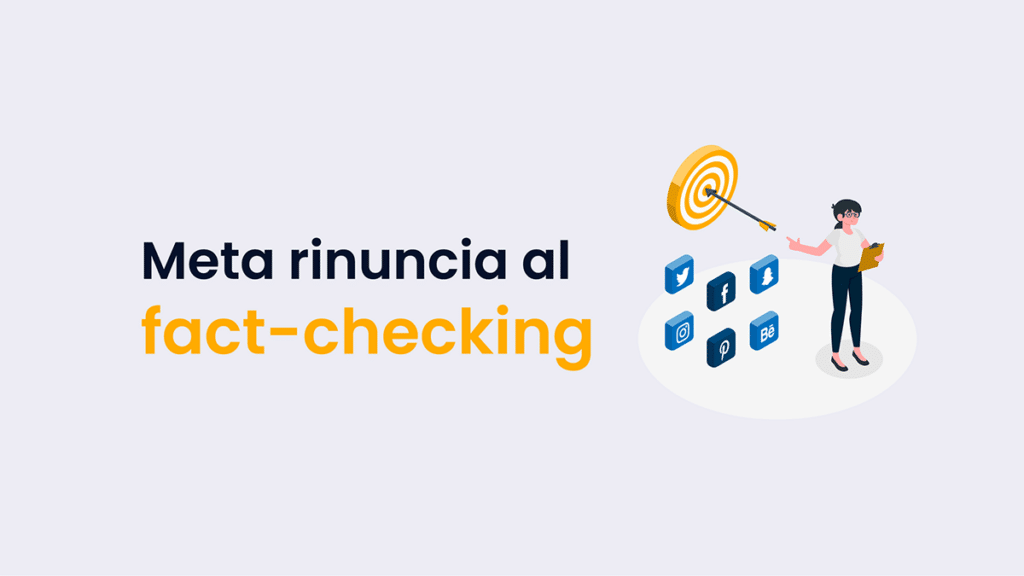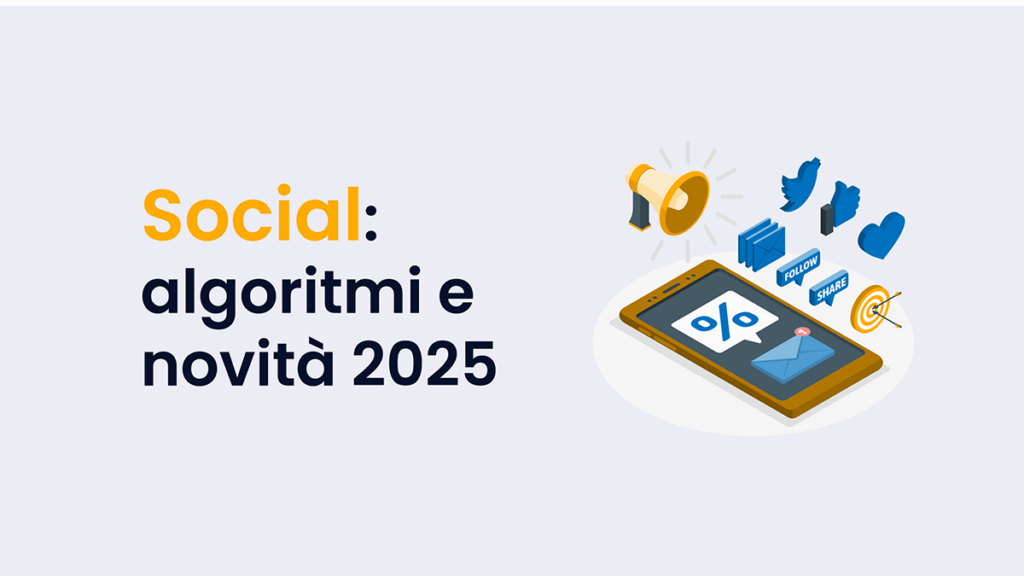Minore capacità di concentrazione, riflessione e pensiero critico. Il significato del termine “brainrot”, usato spesso ironicamente, definisce il “marciume cerebrale” che segue a un’esposizione assidua a contenuti corti, eccessivamente semplici e sterili.
Vedere troppi contenuti diversi ti confonde e disperde le tue energie; vedere sempre gli stessi contenuti genera effetti simili e in più ti rende mentalmente miope. Noi siamo le nostre abitudini, perché è da loro che dipende in gran parte il nostro stato di salute, biologicamente e psicologicamente parlando. Le nostre azioni e i nostri pensieri quotidiani alimentano o sprecano nel tempo il nostro potenziale. E le responsabilità come sono distribuite?
Attingendo da ricerche, articoli scientifici e libri, scopriamo il fenomeno del brainrot e cerchiamo di rispondere alla domanda. Questo per capire cosa succede se ci esponiamo troppo sui social in maniera incontrollata e cosa possiamo fare per prevenire.

Indice dei contenuti
Cos’è il brainrot?
Abbiamo detto che spesso si usa in maniera ironica… ma questo termine indica un preoccupante fenomeno reale.
Il brainrot si verifica quando una persona consuma contenuti digitali in modo eccessivo e ripetitivo. Vale anche per le maratone di serie tv, ad esempio, ma qui ci focalizziamo in particolare su contenuti brevi, semplici e altamente stimolanti come quelli offerti su piattaforme come TikTok, Instagram e YouTube Shorts. Questo tipo di stimolazione può saturare la nostra capacità cognitiva, portando a una riduzione della concentrazione e del pensiero critico.
Come spiega Nicholas Carr in The Shallows, l’uso prolungato di internet e di contenuti digitali frammentari può indebolire il cervello, inducendolo a cercare gratificazioni rapide e immediate piuttosto che impegnarsi in riflessioni profonde. Carr, scrittore e saggista specializzato in tecnologia e cultura infatti sostiene che:
“Il nostro cervello si adatta ai contenuti che consumiamo: più ci affidiamo a contenuti superficiali, più diventa difficile concentrarsi su compiti complessi”.
Anche la Teoria del carico cognitivo di Koehler e Sweller conferma che una sovraesposizione a informazioni veloci e disordinate aumenta il rischio di sovraccarico mentale. Quindi si riducono l’efficienza cognitiva e la capacità di apprendere.
La nostra responsabilità individuale
Le piattaforme social, come vedremo nel prossimo paragrafo, possono avere una grande responsabilità nel favorire il brainrot. Tuttavia, lasciano uno spazio di manovra e di scelta abbastanza significativo. Quindi, prima di declinare tutte le responsabilità a strumenti (che tra l’altro usiamo) è opportuno domandarsi se li gestiamo adeguatamente. Sui social, volendo, si può vedere tutto e nessuno ti costringe fisicamente a starci più del dovuto in un certo modo.
Le nostre abitudini digitali quindi giocano un ruolo importantissimo nel mantenimento della nostra salute mentale e cognitiva.
Come sottolinea Adam Alter nel suo libro Irresistible, siamo noi a dover gestire consapevolmente il tempo trascorso davanti agli schermi e a limitarci nella fruizione di contenuti che offrono solo gratificazioni rapide e superficiali. Alter, professore universitario specializzato in psicologia e marketing, infatti sostiene che:
“La dipendenza tecnologica non è inevitabile, ma nasce dal modo in cui interagiamo con i dispositivi e i contenuti”.
Questa consapevolezza implica la necessità di adottare strategie personali per bilanciare l’uso dei social media, come impostare limiti di tempo e dedicarsi ad attività offline che richiedono più impegno mentale, come la lettura o lo sport.
Il brainrot quindi può essere prevenuto e alla fine vedremo esattamente come.
Prima di chiudere il cerchio, però, passiamo a capire che ruolo hanno le piattaforme.
Il ruolo dei social nel fenomeno del brainrot
Diverse piattaforme, per come sono strutturate, possono favorire il brainrot. Infatti social come Instagram, TikTok e YouTube Shorts sono progettati per catturare e mantenere la tua attenzione per periodi prolungati.
Questo perché utilizzano algoritmi che mostrano continuamente contenuti brevi e stimolanti. Algoritmi, che sono studiati per alimentare la dipendenza, offrendo gratificazioni immediate che attivano il rilascio di dopamina nel cervello, rafforzando il ciclo di consumo continuo.
Sempre secondo Adam Alter:
“Le piattaforme social sfruttano i meccanismi psicologici di ricompensa per mantenere gli utenti incollati agli schermi, favorendo comportamenti compulsivi”.
Queste piattaforme dunque hanno una grande responsabilità etica nel creare ambienti digitali che non solo promuovano contenuti superficiali, ma che incentivino anche un uso equilibrato e consapevole.
Al momento, però, la priorità è massimizzare l’engagement degli utenti, contribuendo così al deterioramento delle capacità cognitive.
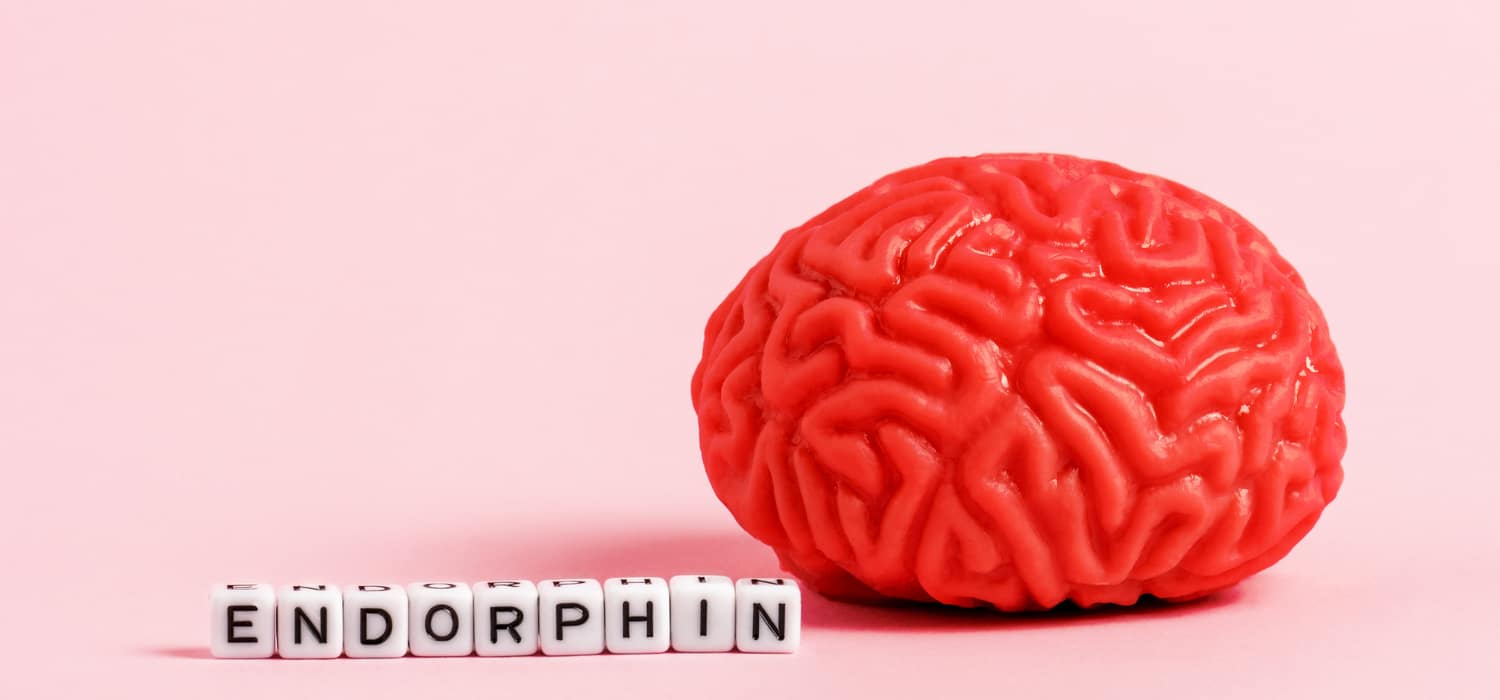
Cosa possiamo fare noi oggi per proteggere il nostro cervello?
Rimane complesso stabilire quanto questo meccanismo sia machiavellico e quanto, invece, non si sia creato col contributo degli utenti. Allo stesso modo, è complicato definire il potere che hanno biologicamente queste stimolazioni sulla nostra razionalità.
Quanto siamo in grado di resistere? Quanto siamo in grado di scegliere? Serve innescare una caccia alla streghe e demonizzare strumenti che possono essere utilizzati per incontrarsi, intrattenersi, creare iniziative costruttive, informarsi, divulgare, farsi conoscere e fare impresa?
Ogni strumento ha più facce e oggi, più che mai, le scelte individuali possono davvero fare la differenza. La personalizzazione dei servizi infatti in questi anni si sta imponendo come modello di business per una serie altamente variegata di attività. Quindi se tante persone rifiutano contenuti di un certo tipo, quei contenuti non vengono più incoraggiati. La difficoltà sta nel lavorare su noi stessi per non arrendersi sempre alle scelte più facili.
Così facendo possiamo fare sentire la nostra voce e contribuire a cambiare le cose.
Le 12 buone pratiche da sperimentare
Se senti che la tua mente si è impigrita o se temi che possa accadere a te e a chi ti sta intorno, prova a mettere in pratica almeno una o più di queste azioni e strategie:
- Stabilisci orari specifici per l’uso dei dispositivi e rispettali. Utilizza app che bloccano le distrazioni durante il lavoro, lo studio e situazioni sociali.
- Sostituisci una parte del tempo sullo schermo con attività che stimolano la mente e il corpo, come leggere, fare sport, o coltivare hobby.
- Segui fonti affidabili e varia i tuoi interessi. Evita contenuti che ti fanno sentire negativo o demotivato.
- Non dare per scontato tutto ciò che leggi online. Verifica l’autorevolezza delle fonti e cerca conferme da più angolazioni.
- Elimina o blocca gli account che diffondono disinformazione, odio o contenuti negativi.
- Quando partecipi a discussioni online, esprimi la tua opinione in modo chiaro e rispettoso, anche quando non sei d’accordo con gli altri.
- Incoraggia gli altri a riflettere sulle informazioni che ricevono e a non accettare tutto passivamente.
- Utilizza gli strumenti messi a disposizione dalle piattaforme per segnalare contenuti che violano le linee guida della comunità.
- Scrivi ai responsabili delle piattaforme per esprimere le tue preoccupazioni riguardo agli algoritmi e ai contenuti presenti.
- Partecipa a campagne e petizioni che chiedono maggiore trasparenza e responsabilità da parte delle aziende tecnologiche.
- Scegli di utilizzare servizi online che rispettano la privacy degli utenti e promuovono contenuti di qualità.
- Partecipa a forum e gruppi di discussione che incoraggiano il dialogo costruttivo e il benessere digitale.


